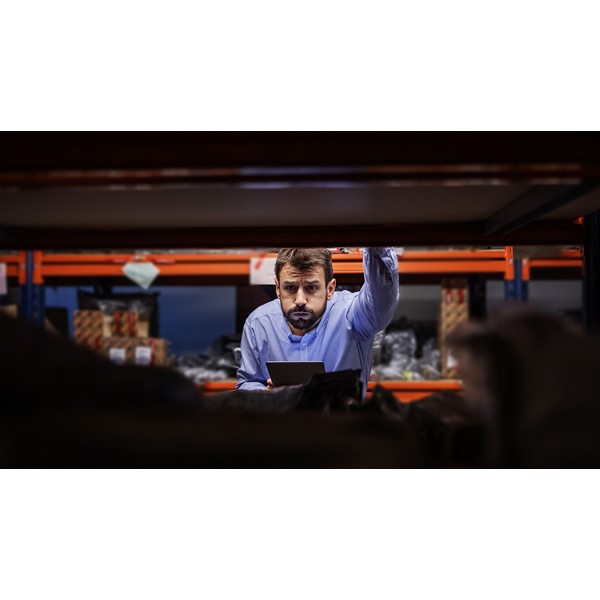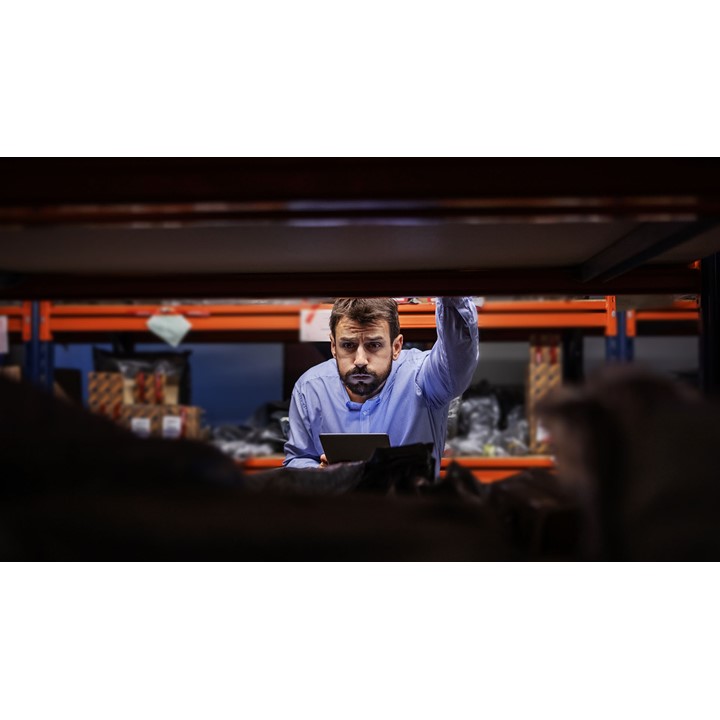Black holes in logistics
Recently, I’ve heard many people say that somewhere along the logistics chain, there seems to be a so-called “black hole”. This kind of disruptive anomaly is often encountered, for example, somewhere between the shipping and receiving of goods. Tracking of the delivery is interrupted when the supplier records the order as delivered, and the next time you hear from the delivery is when it arrives at its destination.
B2C shows the way for B2B
We all know this problem from B2C sales, too, but some players in that sector have actually managed to develop their tracking methods to a level where these black holes can be avoided. But the B2B world is again lagging behind. B2B companies would really need to increase the reliability of tracking the progress and arrival estimates of their deliveries.
It is not impossible to dispel the black hole. It all depends on how actively status updates are recorded along the logistics chain. And this, in turn, depends entirely on the initiative of the parties involved in the transport chain.
The next step, then, is to tap into the available data; at its simplest, this can be done through a phone call or an email enquiry, or through a portal service that the supplier might offer to its customers. However, this kind of “manual” data collection is extremely burdensome and slow. Time is wasted on collecting data, instead of specifying and implementing measures that would actually improve the outcome. Furthermore, it is very hard to gain a comprehensive overall picture this way.
RoimaCloud Control Tower
A more advanced way is to integrate with partners either electronically or through user interfaces. Ideally, this enables a real-time view across the entire chain, from supplier’s processes through transportation to the company’s own inventories and production. Thanks to this, companies can ensure better service level for their own customers, plan their production more accurately and, for instance, reduce their inventory levels and thus also the value of fixed assets. This way, the emergence of a black hole is already starting to look unlikely.
We at Roima implemented a Control Tower logistics solution for our customer in a similar context. Before, the customer’s employees in raw material procurement used to spend their time on investigating the progress of deliveries, and sometimes the process took so long that by the time that possible anomalies could be solved, the delivery was already supposed to be in production. There was simply not enough time to identify and respond to anomalies.
As the raw material for this customer is produced overseas, the primary need was to track sea freight. This tracking was enabled by INTTRA – the world’s largest network for the ocean shipping industry, through which it is possible to book shipments, share shipping instructions, and view status updates provided by carriers. INNTRA offered us a great channel to centrally search for the data that the customer needs. However, before we could build any visual views based on the data, we also needed data from the customer’s enterprise resource planning system. Thus, this was very much an integration project.
Now, as the necessary data is all integrated and combined according to appropriate rules, it is possible to build visual views based on the data, allowing the customer to track the progress of deliveries in real time and to detect and respond to any anomalies without delay. Energy and effort are no longer wasted on hunting for data and manually combining it. For this customer, the black hole of sea transport is now a thing of the past.











